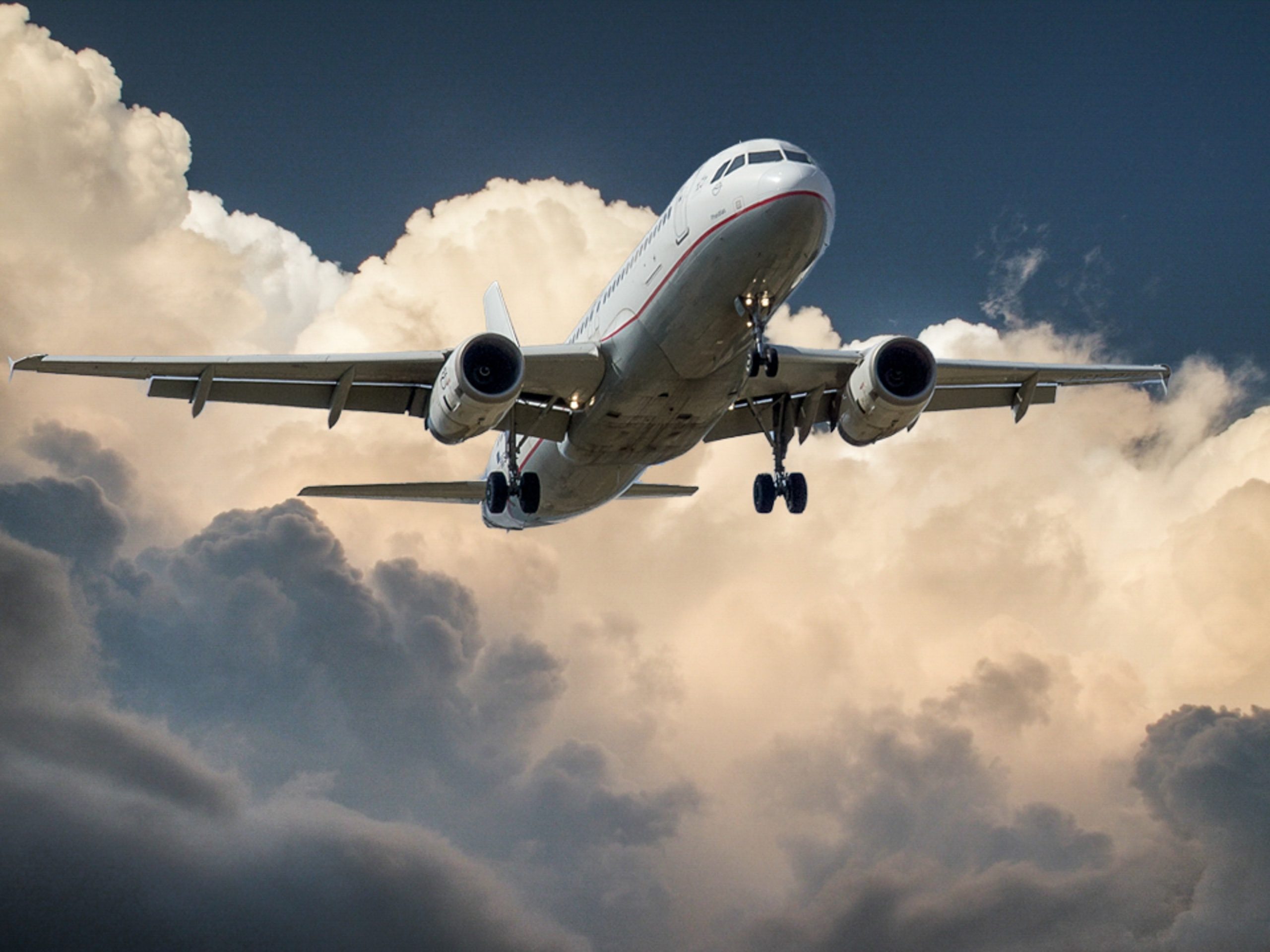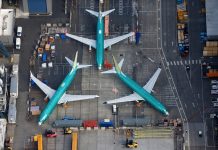
Airline passenger traffic was down by 67% in 2020, a study from travel data and analytics company Cirium suggests.
“The pandemic and its consequences wiped out 21 years of global passenger traffic growth in a matter of months, reducing traffic this year to levels last seen in 1999,” said Cirium in a press release.
“In comparison to last year, passenger traffic is estimated to be down 67% in 2020,” the firm stated.
Only 2.9 trillion global revenue passenger kilometers (RPKs) were posted in 2020, compared to 8.7 trillion in 2019. RPKs are used as a tool for assessing airline traffic.
The coronavirus pandemic hit the aviation industry hard as countries shut down their borders in order to contain the spread of the disease.
Cirium’s data shows that airlines ran 16.8 million flights from Jan. 1 to Dec. 20, 2020. That is a decline from 33.2 million in the same period in 2019.
More than 40 airlines stopped or suspended operations, while experts predict more to close in 2021, Cirium said.
Meanwhile, Cirium’s Airline Insights Review 2020 report shows that Asia-Pacific and North America were the “fastest to establish themselves on the long path to recovery."
That pattern appeared in Cirium’s list of the world’s busiest airports.
In an interview with CNBC, David White, a vice president of strategy at Cirium, said that airports such as New York’s John F. Kennedy have been “disproportionately impacted due to their international traffic in normal times.”
“Airports such as Minneapolis, O’Hare (Chicago), [Dallas-Fort Worth], Atlanta and Charlotte have significantly higher traffic than JFK now due to the volume of domestic flights at those domestic hub airports,” he said. A similar trend was noticed in some Chinese airports.
International flights dropped by 68% compared with 2019, while domestic travel fell by 40%.
Cirium expects passenger demand for air travel to recover in 2024 or 2025, with domestic and leisure traffic being the initial segments to reveal “sustained recovery.”
The cost of slow airline passenger traffic
The International Air Transport Association (IATA) reported that the airline industry may lose $84 billion in 2020. Air travel dropped by 98% in April from last year.
The agency previously predicted 8.2 billion air travelers in 2037. However, the efforts made to curb the spread of the coronavirus badly hit air travel.
“We think airlines are going to probably lose an unprecedented $84 billion in 2020,” Brian Pearce, chief economist for IATA, told CNBC.
“We’re really only just starting to see countries negotiating bilateral openings of markets. For example, the Trans-Tasma bubble between Australia and New Zealand, China, and Singapore, as well as China and Korea.”
Domestic air travel has resumed in the US, China, and Indonesia, but international travel remains volatile for now.
“It will be enough to kickstart the airline industry in some countries,” Pearce said. “For many airlines, they do depend on international air travel.”
According to Keith Mason, head of the Centre for Air Transport Management at Cranfield University, government assistance will be critical in ensuring the sustainability of the airline industry.
“We’re going to see a consolidation in the market where airlines that are fully independent are struggling to survive, are going to go out of business,” he told CNBC.






